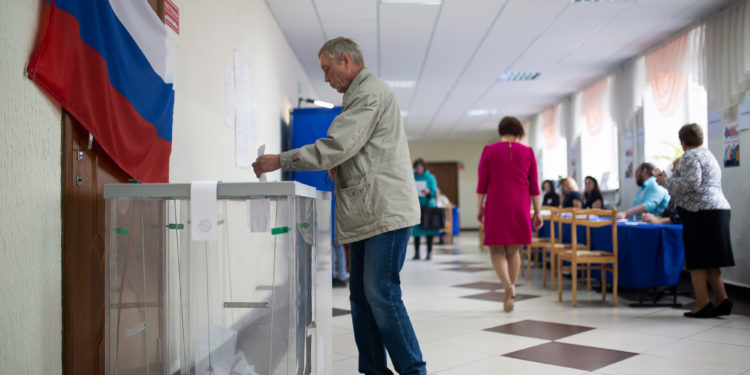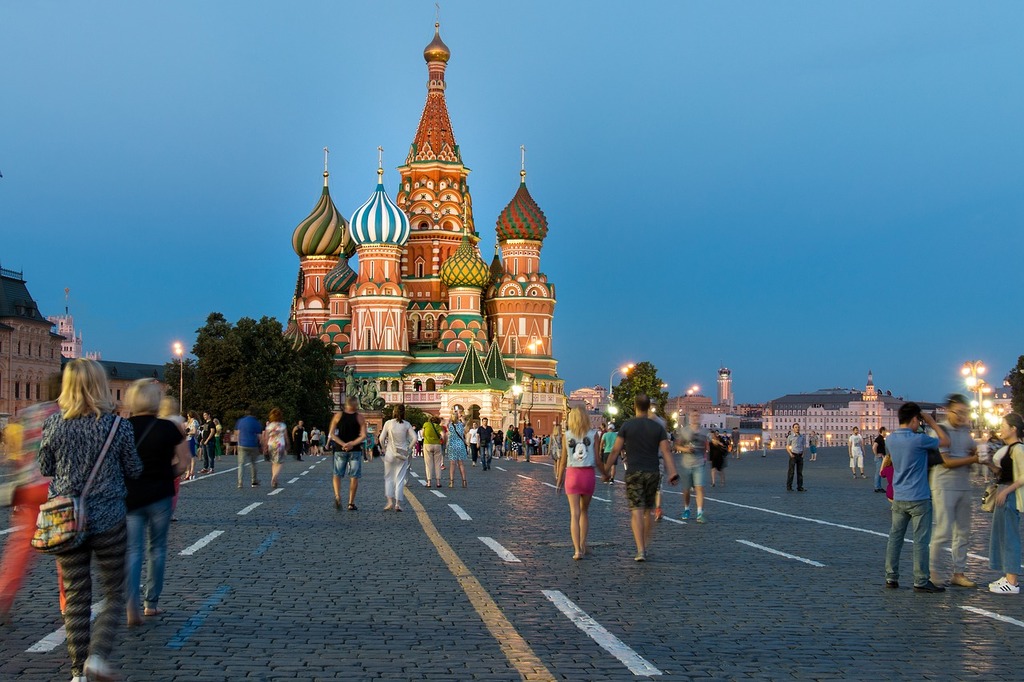The latest blockchain news show that the Russian blockchain voting system which was put to practice earlier this year as the largest DLT-powered experiment in the country, was actually found to lack some transparency.
As you probably know if you read our news, the Russian government held a public vote from June 25 to July 1, with the main goal of finding out whether the country and its constitution should be amended. Part of the vote was held on blockchain, making sure that there is “security and transparency” according to the government, making it the most extensive DLT project to date.
However, this did not stop independent researchers from registering over 20 million “abnormal” votes and arguing that the Russian blockchain voting system was one of the most falsified voting events in the history of Russia.
According to information that we found from the Moscow government’s website, the blockchain was used to ensure security as well as transparency, anonymizing and encrypting each vote for safety and immutability of data. However, even though many know that the technology is an efficient solution when decentralization and transparency are among the key goals, the head of the research lab at the Russian Association of Cryptocurrency and Blockchain’s analytical center shed some light on how the blockchain should operate, stating:
“The [blockchain] technology makes it possible to create a mutually reliable environment for the vote organizers and the voters themselves. The mathematical algorithms act as an arbiter between the two sides, ensuring that all data is immutable and authentic, which means that the participants don’t have to trust each other.”
As Artem Grigorev also noted, the goal to ensure transparency of the Russian blockchain voting system is to allow all participants (constituents, observers and social/political organizations) to set up their own nodes on the blockchain.
However, that did not happen – over the five days of e-voting, there were several hiccups such as crashes and abnormal results showing in certain regions of the spot. Some crypto news outlets even reported that nearly 7,300 people signed on to vote online despite the station only having a total of 2,361 residents eligible to vote.
All of this shows that blockchain voting needs to have a serious approach, so that the technology is set up nicely and everything is laid out as it should be. With examples like these, the technology will only be wrong in the eyes of the public, and they would think that it is not the best system to have when giving their votes.
DC Forecasts is a leader in many crypto news categories, striving for the highest journalistic standards and abiding by a strict set of editorial policies. If you are interested to offer your expertise or contribute to our news website, feel free to contact us at editor@dcforecasts.com
























Discussion about this post